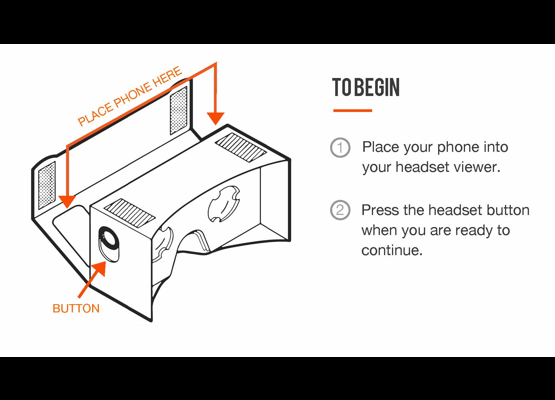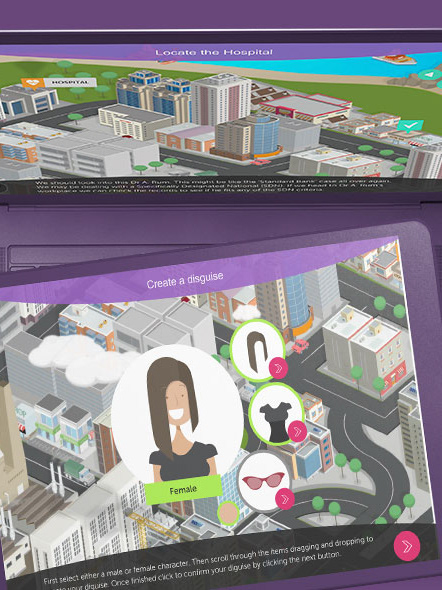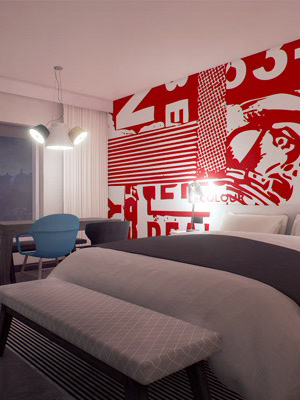Project Details: The British Museum RockArt Project
Experience the captivating world of ancient artistry through an innovative mobile app that brings the African Rock Art Image Project at the British Museum to life. Designed with user-friendly VR technology compatible with Google Cardboard headsets, this app invites you to explore the renowned Game Pass Shelter in South Africa. As you navigate through a stunning 360° tour, you’ll encounter intricate rock art and learn about the rich history behind each piece. Additionally, the app features meticulously crafted 3D models that enhance your understanding and appreciation of this significant cultural heritage, providing an immersive experience that transports you back in time.
Role: Lead Product Designer
The British Museum envisioned the creation of an innovative virtual reality app designed to immerse users in the captivating world of 'Rock Art' from Africa, allowing them to explore these ancient artworks in their authentic environments. This app would be a compelling addition to the ongoing Rock Art exhibition at the museum, enriching the visitor experience. I took the lead in shaping this project's user interface (UI) and user experience (UX), guiding it from the initial concept through to production. This involved carefully mapping out user journeys, crafting intuitive designs, and conducting thorough user testing to ensure an engaging and seamless user experience.
The Challenge
My challenge was to develop a virtual reality (VR) application that is accessible and intuitive for individuals who may not have any prior experience with VR technology. To achieve this, I emphasized the importance of simplicity in design, ensuring that navigation and interactions within the app were straightforward and user-friendly. Additionally, I adopted a user-centered approach, gathering feedback from potential users throughout the development process. This helped me understand their needs and preferences, allowing me to create an engaging and seamless experience tailored specifically for those unfamiliar with VR.



The Process
Research & Discovery: I began each project with thorough discovery sessions, including stakeholder interviews, competitive analysis, and user research. The goal was to understand the client’s industry, target audience, and business objectives. This research provided the foundation for informed design decisions rooted in creativity and data.
Wireframing & Prototyping: I translated insights from the discovery phase into wireframes and interactive prototypes showcasing key functionalities and user flows. Before moving into full design, I shared prototypes with clients and stakeholders for feedback and approval. This collaborative approach ensured that all design elements aligned with business goals and user needs.
Collaboration with Development: I worked closely with Junction 18’s development team to ensure the designs were feasible and optimized for implementation. Regular design reviews and sprint planning sessions allowed for smooth communication and ensured that the final product maintained design integrity while being technically sound.
Iterative Design Process: Using an agile, iterative approach, I delivered design updates in cycles, allowing for continuous refinement based on client and user feedback. This process enabled the team to pivot quickly when necessary and adapt to changing project needs, ensuring that the final product was both high-quality and aligned with evolving business requirements.





















